I decided to write a few words about this unit because as a result of some coincidence, I became the owner of this very model, and since I already have one, it would be a wise move to undergo training in the field of safe use. And I have to say this straight away – never, under any circumstances, no matter how experienced Open Circuit diver you are, do not go into the water with a rebreather if you have not trained with an instructor training on the model you have. This warning may save your life so take it very seriously!
Now a few words about the X-CCR itself. The new unit is a construction of the iQsub company, i.e. X-CCR. A rebreather is a device that allows you to breathe underwater in the so-called closed circuit (CCR = Closed Circuit Rebreather). This means that the breathing gas is circulated in a loop, after each exhalation, CO2 is removed from the gas, and the oxygen content is constantly analyzed and replenished as needed. The computer and a set of sensors ensure that the diver breathes the so-called Best Mix, i.e. a mixture adapted to the diving stage and the depth at which the diver is located.
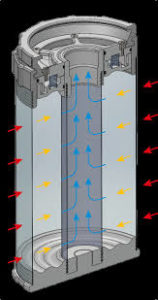
CO2 removal is dealt with a substance under the trade name Sofnolime 797 (produced by the company Molecular Products). The Sofnolime granules are placed in a special container, the so-called scrubber. The XCCR features a radial scrubber. Sofnolime in fact is the soda-lime, i.e. a mixture of sodium hydroxide and calcium hydroxide. This mixture removes carbon dioxide in three stages chemical reaction and the water in the water vapor contained in the air exhaled by the diver is of key importance. In general, it is the conversion of CO2+Ca(OH)2 do CaCO3+H2O.
The gas exhaled by the diver is fed through the outer surface of the container and is passed through the granules with the entire volume of the granules so that the reaction takes place with the participation of as many granules as possible. The cleaned gas is then directed into the container, from where it is fed upwards towards the head with a set of three oxygen sensors (and a CO2 sensor).
In the X-CCR, these scrubbers can have different sizes and thus different operating times, but it is assumed that the standard size allows for a work period of 6 hours.
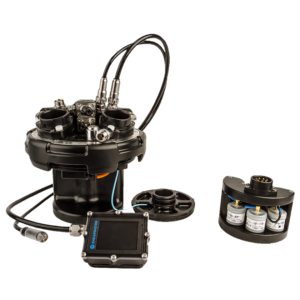
The photo shows the head with connected a Petrel computer and a HUD (Head-Up-Display), and next to it you can see a cartridge with three oxygen sensors installed. This cassette is mounted in the head.
The head is equipped with electronics controlling the operation of the addition valve (the so-called solenoid), the chamber of oxygen and CO2 sensors, and ports to which computers controlling the operation of the unit can be connected. There are two digital DiveCAN ports and one DiveCAN / Auxilary mixed digital-analog port. There is also an OVP (overpressure valve) port in the head.
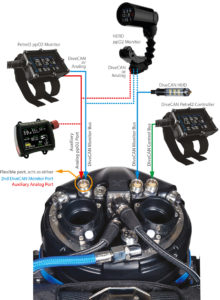
The most common configurations are the Shearwater Petrel controller (computer) for mounting on the left hand of the diver and the HUD, which is attached to the ring at the BOV (Bail-Out-Valve) so that it is in front of the diver’s eye.
In the configurations designed for more advanced divers, you can see a second Petrel computer, which is attached to the right hand, or alternatively, a very convenient solution called NERD (Near Eye Remote Display).
The NERD is a dive computer usually located on the breathing loop, next to the BOV valve, so that its screen is next to the diver’s eye. The short distance from the eye makes the image generated by the screen of the device seem large and very readable.
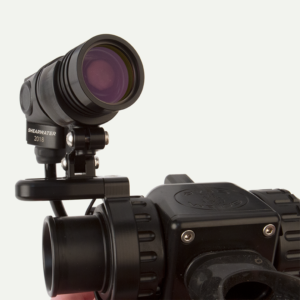
Since the device is connected to the rebreather head via a separate DiveCAN interface, the screen shows the same information as on the handheld computer, which in many cases makes it much easier to control key parameters during the dive.
The Rebreather has two gas cylinders with a capacity of 3 liters each. The right cylinder contains pure 100% oxygen, and the left one contains diluent, i.e. a gas mixture with a composition adapted to the target depth at which the diver goes.
The head of the unit is equipped with HP ports with pressure sensors, so information about the amount of gas in each cylinder is sent to the computer and recorded in the log. This provides the ability to control gas usage during the entire dive. This is significant because the diluent cylinder provides the gas not only for a breathing loop but also for a wing. This forces diver to have the relevant amount of weights to maintain the neutral buoyancy during the entire dive.
An IT network engineer by profession. A passionate diver. Active diving instructor and EFR (Emergency First Response & Secondary Care) instructor. Technical diver TDI Advanced Trimix Open Circuit and X-CCR Normoxic Trimix. Closed circuit diving enthusiast.
Z zawodu inżynier sieci informatycznych. Z zamiłowania płetwonurek. Czynny instruktor nurkowania oraz instruktor EFR (Emergency First Response & Secondary Care). Nurek techniczny TDI Advanced Trimix Open Circuit i X-CCR Normoxic Trimix. Entuzjasta nurkowania na obiegu zamkniętym na X-CCR.

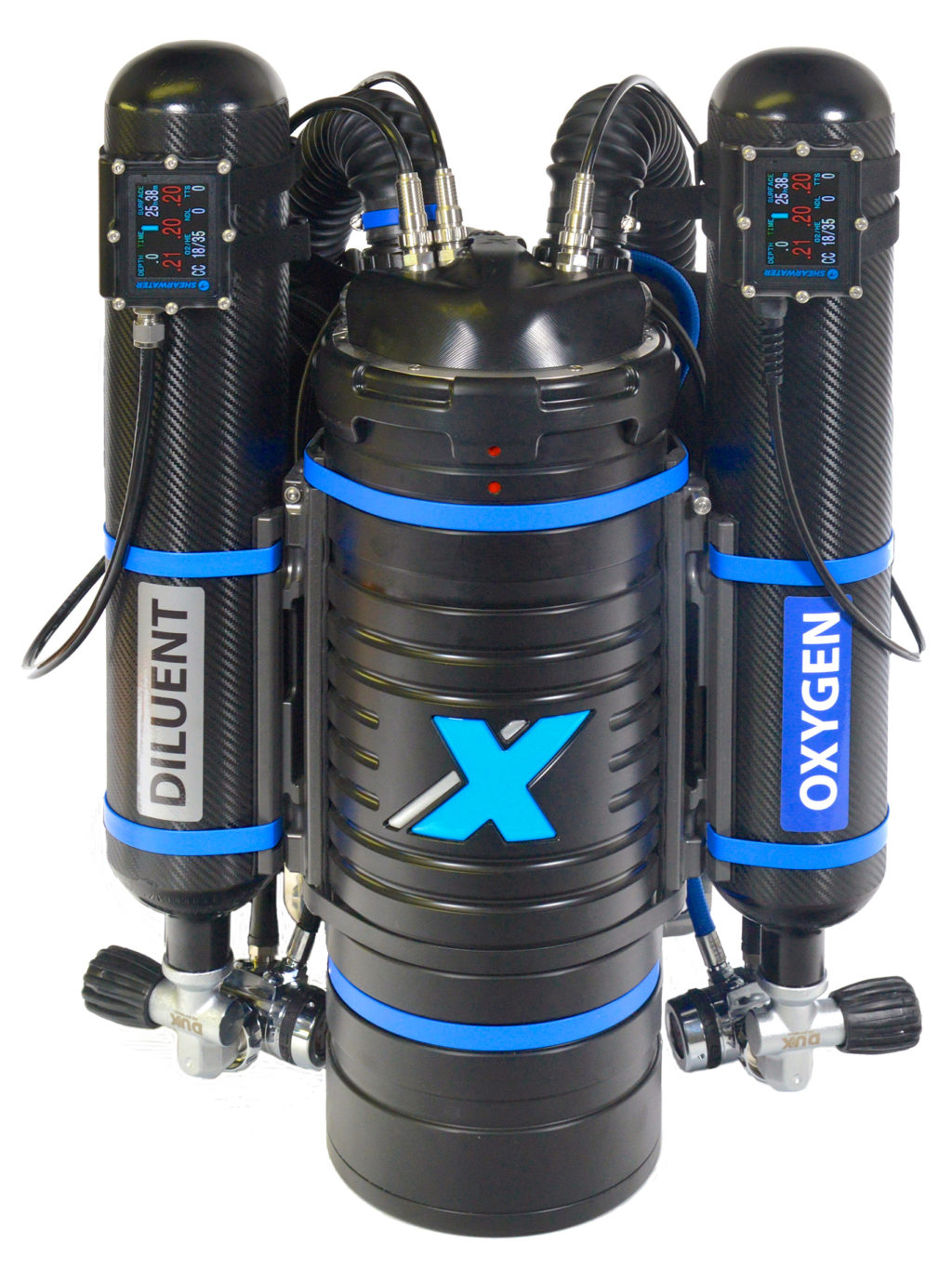

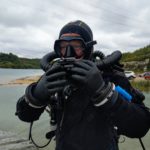

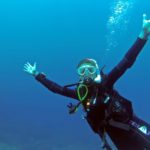
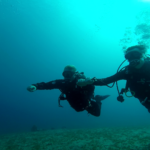
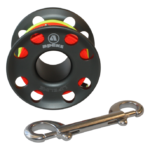

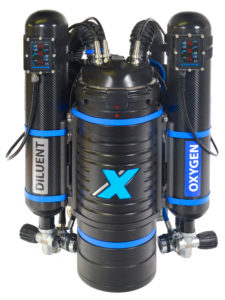
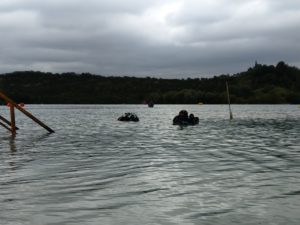
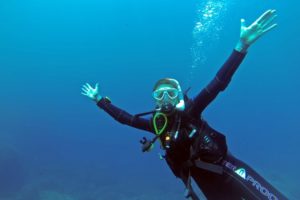
More Stories
Stoney Cove – clean water
Women diving
Reels and spools